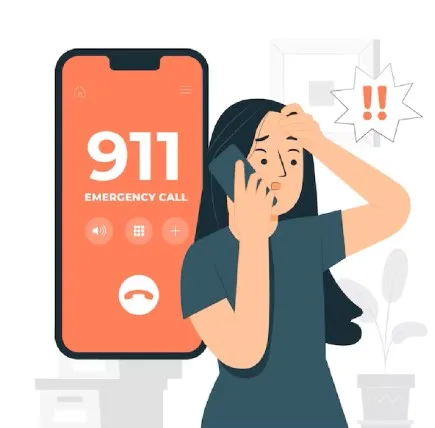As unpredictable as life can be, it is important to be prepared for any emergency that may arise. Whether it’s a natural disaster, power outage, or unexpected event, having the right items in an emergency kit can make all the difference in staying safe and secure. The following is the ultimate emergency kit checklist, including essential items that should be included, as well as tips for storage and upkeep.
Essential items in your emergency list
Water
Perhaps the most important item in an emergency kit is water. It’s recommended to have at least one gallon of water per person per day for drinking and sanitation purposes. This means that a family of four should aim for a minimum of four gallons of water per day. You should sore the water (*) in airtight containers and replaced every six months to ensure freshness.
Non-Perishable Food
Alongside water, non-perishable food (*) is vital. Canned goods, protein bars (*), and peanut butter (*) are excellent options. Additionally, be sure to include a manual can opener, paper plates, and plastic utensils. It’s important to note any dietary restrictions or allergies and pack accordingly. You should replace food in emergency kits every six months to ensure freshness.
Flashlights and Batteries
In the event of a power outage, flashlights and batteries can be crucial. Be sure to have several flashlights stored in the emergency kit, along with extra batteries (*). A good rule of thumb is to keep two sets of batteries for each flashlight.
Medical Supplies
A well-stocked first aid kit (*) is a must-have. You should include bandages, gauze, antiseptic wipes, (*) pain relievers, and any necessary prescription medications. It’s also a good idea to have a manual or battery-powered radio (*) on hand to stay up to date on the latest information.
Tips for storage and upkeep
Emergency Contact Information
Having important phone numbers and emergency contact information readily available can make all the difference. Be sure to include phone numbers for doctors, insurance agents, and family members. It’s also a good idea to keep a physical copy of important documents, such as passports and birth certificates.

Where and How to Store the Kit
When it comes to emergency kit storage, accessibility is key. You should store the kit in a location that is easy to reach and noted on a family emergency plan. It’s recommended to keep the kit in a waterproof container, such as a plastic bin or duffel bag, and store it in a cool, dry place. Be sure to check and replace items in the kit every six months to ensure preparedness.
In conclusion, having a well-stocked emergency kit can provide peace of mind during unexpected circumstances. By including vital items such as water, non-perishable food, flashlights and batteries, medical supplies, and emergency contact information, you can ensure the safety and security of yourself and your loved ones. Remember to store the kit in a readily accessible location and regularly check and replace items as needed. With a little preparation, you can be ready for anything life throws your way.

